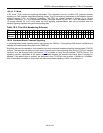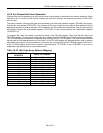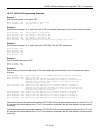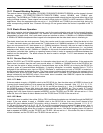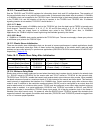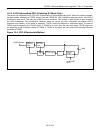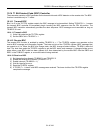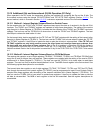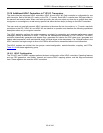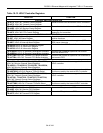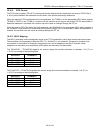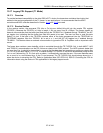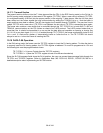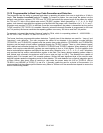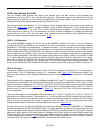
DS33R11 Ethernet Mapper with Integrated T1/E1/J1 Transceiver
93 of 344
10.16 Additional HDLC Controllers in T1/E1/J1 Transceiver
This device has two enhanced HDLC controllers, HDLC #1 and HDLC #2. Each controller is configurable for use
with time slots, Sa4 to Sa8 bits (E1 mode), or the FDL (T1 mode). Each HDLC controller has 128-byte buffers in
the transmit and receive paths. When used with time slots, the user can select any time slot or multiple time slots,
contiguous or noncontiguous, as well as any specific bits within the time slot(s) to assign to the HDLC controllers.
The user must not map both transmit HDLC controllers to the same Sa bits, time slots or, in T1 mode, map both
controllers to the FDL. HDLC #1 and HDLC #2 are identical in operation and therefore the following operational
description refers only to a singular controller.
The HDLC controller performs the entire necessary overhead for generating and receiving performance report
messages (PRMs) as described in ANSI T1.403 and the messages as described in AT&T TR54016. The HDLC
controller automatically generates and detects flags, generates and checks the CRC check sum, generates and
detects abort sequences, stuffs and destuffs zeros, and byte aligns to the data stream. The 128-byte buffers in the
HDLC controller are large enough to allow a full PRM to be received or transmitted without host intervention.
The HDLC registers are divided into four groups: control/configuration, status/information, mapping, and FIFOs.
Table 10-12 lists these registers by group.
10.16.1 HDLC Configuration
The TR.HxTC and TR.HxRC registers perform the basic configuration of the HDLC controllers. Operating features
such as CRC generation, zero stuffer, transmit and receive HDLC mapping options, and idle flags are selected
here. These registers also reset the HDLC controllers.



